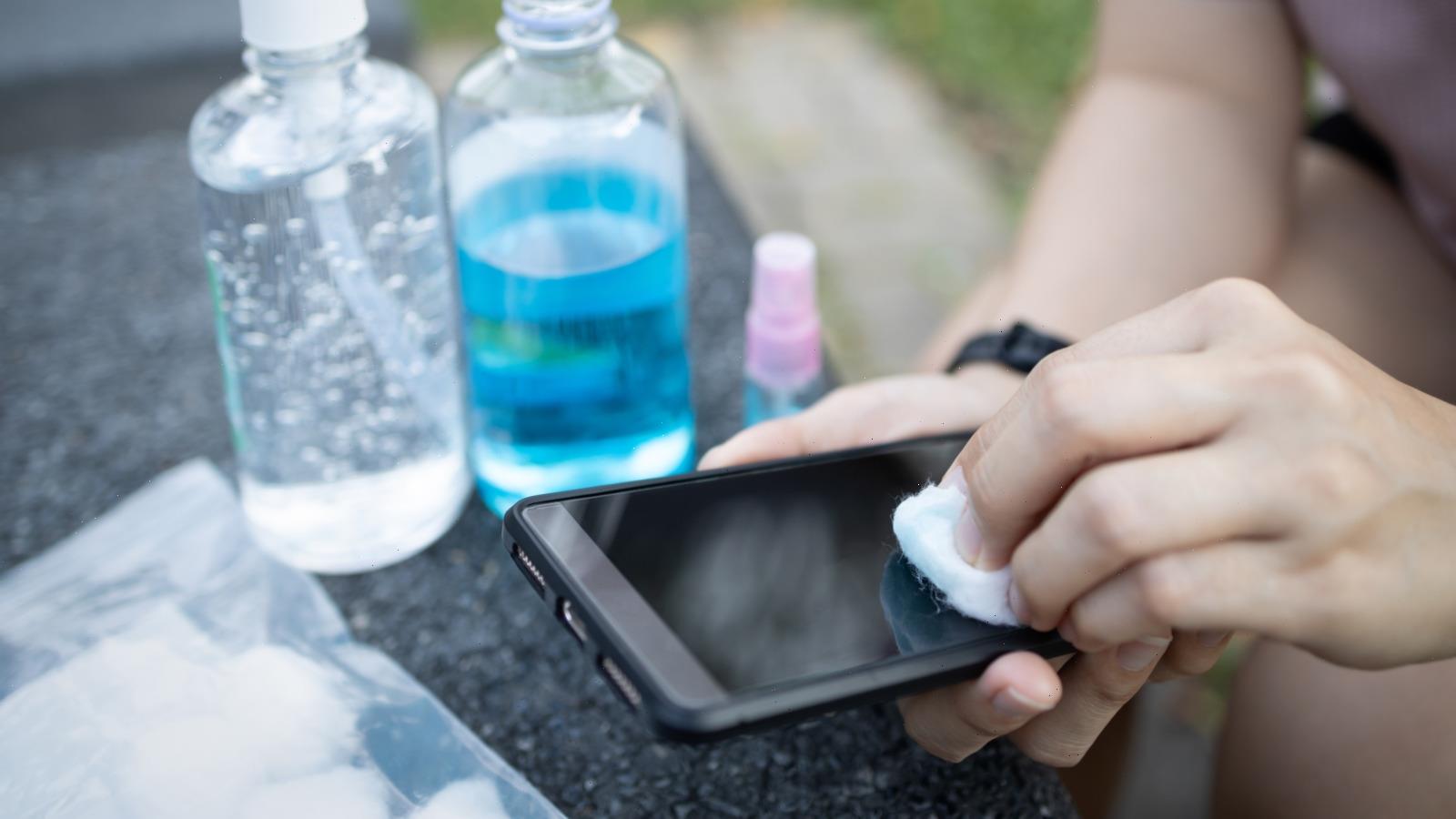Phone screens and computer screens get dirty quickly, especially in the days of working from home! Touching our screens with fingers that have been cooking, cleaning, eating, and crafting can create a greasy, fingerprinted, dull mess of a screen in no time. While our inclination might be to grab the closest cleaning spray and wipe it down, many traditional cleaning products that work on counters or mirrors are not actually safe for high-tech computer and phone screens. So if you do not want to risk damaging the screen, messing with touchscreen capabilities, or wrecking the picture, using screen-safe cleaners are necessary.
Sometimes a plain, dry microfiber cloth is all you need to remove dust. But if you have grease or grime on the screen, you might reach for a bottle of screen cleaner, but even small bottles of the stuff can easily cost $10-24 (via Amazon). What if there were a way to make your own screen-safe cleaner at home for pennies on the dollar compared to what you would buy in the store?
How to make your own screen cleaner
When considering what to include in your homemade screen cleaner, steer clear of alcohol and ammonia. According to Whoosh, these products, can leave permanent marks on your screen or even cause problems using the touchscreen in the way that water can. If this happens, it can activate your phone’s Liquid Damage Indicator, which tells manufacturers your phone has had water damage. This can be a major problem if you were hoping to turn your phone in for a profit or a credit when you decide to upgrade.
To make a less-damaging cleaner for your screen, One Good Thing suggests mixing equal parts white vinegar and distilled water into a small spray bottle. Spray onto a clean and soft microfiber cloth, and wipe over the screen. Do not spray the mixture directly onto the screen, as any prolonged wetness can cause that same Liquid Damage Indicator to flip on. The vinegar helps to disinfect and to dissolve any particles or oils without damaging the screen, and the distilled water helps to dilute the vinegar so that it is not acidic enough to damage your devices.
Source: Read Full Article


